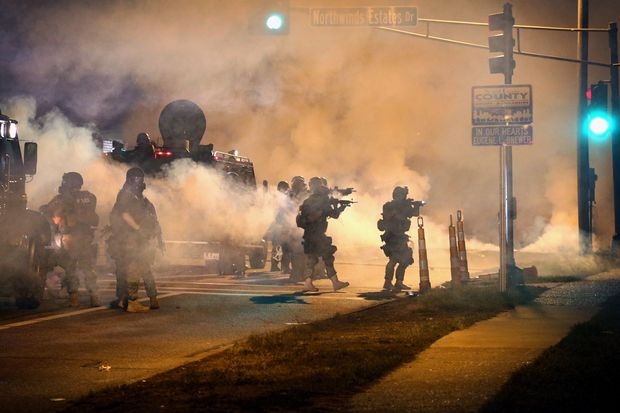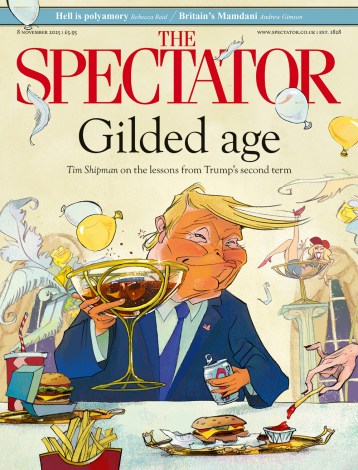Washington, D.C.
Week two of the crisis in Ferguson, Missouri and peace is nowhere in sight. The problems began on Saturday 9th August when Michael Brown, an 18-year-old African American, was shot by white police officer Darren Wilson. For a week few details about the incident were made public, creating a cauldron of rumours and fury. We now know that Wilson shot Brown six times, including twice in the head. The question of why Brown was shot remains unanswered. Maybe it was in relation to the theft of a box of cigars, or maybe not. The police force has obfuscated in its responses during press conferences, leaving the people of Ferguson confused. What caused a shooting in a small town (population 21,203) to erupt into successive evenings of violence? Race has been the main issue bubbling away throughout the unrest. Ferguson is 67 per cent black but the police force only has three black officers. In comparison, there are fifty serving officers who are white. As the Treyvon Martin shooting two years ago demonstrated, there are still underlying strains regarding race in the United States. Moments of tension like this bring them to the surface. Unfortunately, America has been here before. Past incidents such as Rodney King in Los Angeles, Amadou Diallo in New York and Oscar Grant in California all have similarities to the death of Michael Brown. As with many other cases, Brown was shot by a white police officer — rekindling tensions between the black community and the police. Then the police bungled their response. For days, the lack of answers from the department allowed conjecture to build up. And when the police did get involved, they mismanaged the situation by playing a heavy hand. The lack of clarity over what happened appears to have been a key source of anger but the tensions have been stoked further by the highly militarized police presence. When we think of a militarized police in Britain, guns, batons and body armour come to mind. In America, a militarised police presence means ex-Pentagon military-grade equipment doled out to local police forces. Humvees, the 4x4s with mounted machine guns used in the Gulf War invasion, are owned by the Ferguson police force, along with mine resistant armoured vehicles, sniper rifles and tones of tear gas and rubber bullets. Although it might seem hyperbolic to liken the nightly clashes to a war zone, at times the pictures suggest otherwise. The continually abrasive attitude of police has not helped matters. On Wednesday night, two journalists were arrested in a branch of McDonald’s for disobeying police orders while charging their phones. Wesley Lowery, a reporter from the Washington Post, was arrested and released without explanation. In his own words, he explains the arrest and his experiences of reporting in Ferguson:
Sebastian Payne
America’s racial tensions are on show for the world to see in Ferguson





Comments